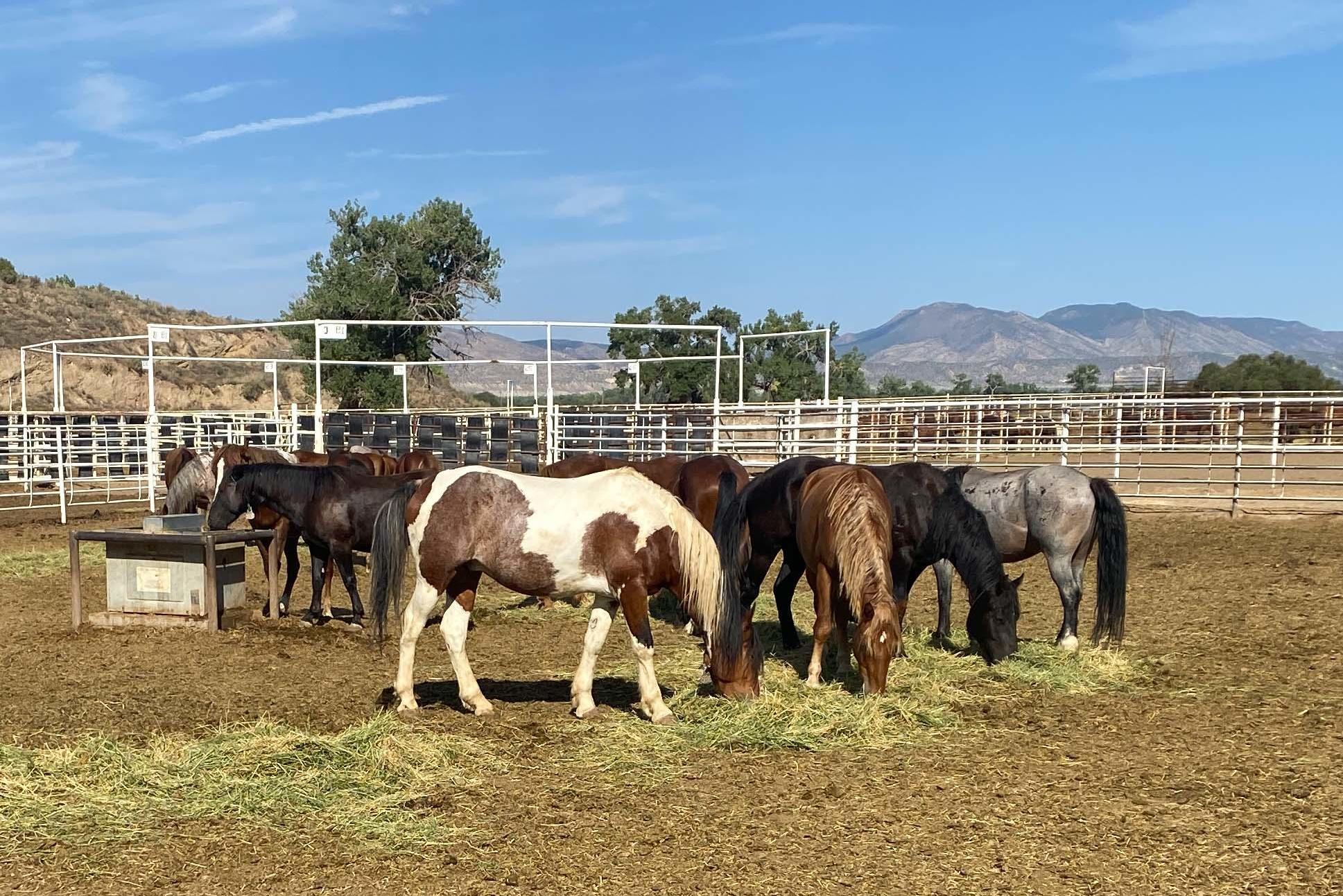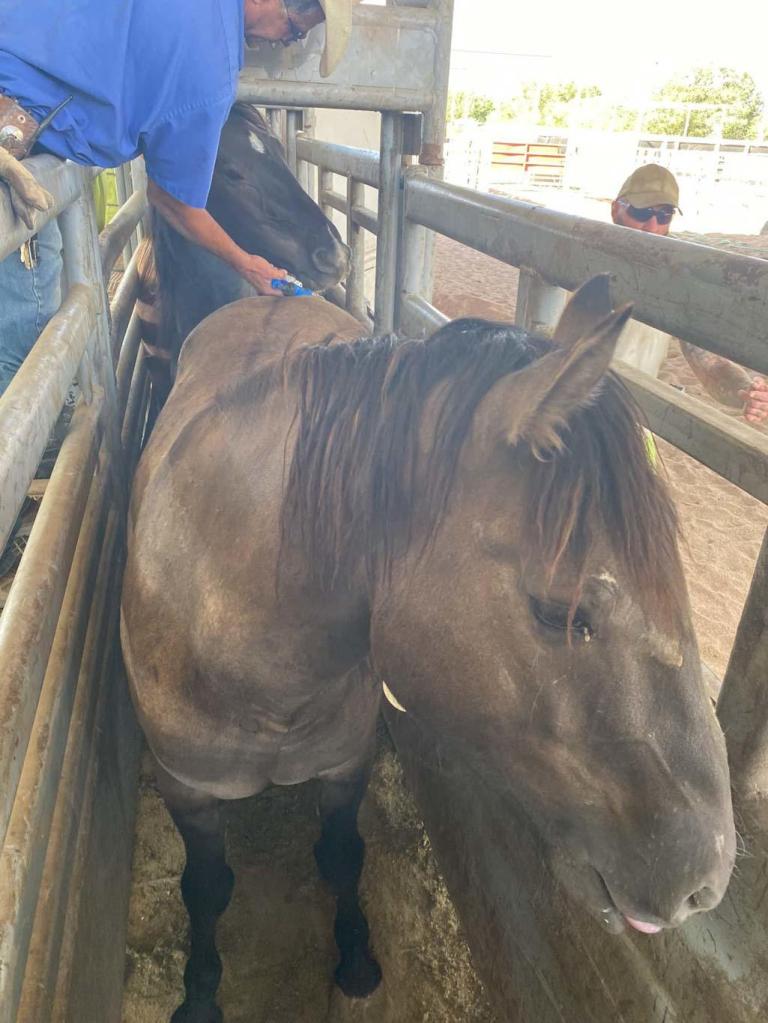
cci.colorado.gov

Audio By Carbonatix
For nearly forty years, select inmates at the correctional facility in Cañon City were taught to care for wild horses, learning to tame and saddle-train the animals as a sort of dual rehabilitation for the horses and inmates alike.
However, the unique program will soon come to an end, the Colorado Department of Corrections announced on September 26. The federal Bureau of Land Management, which operates the program with the CDOC, decided not to renew the contract, which is currently set to expire at the end of November.
“We are saddened by the discontinuation of this successful partnership and impactful program,” says CDOC Executive Director Andre Stancil in a statement. “The Colorado Department of Corrections is immensely proud of the legacy of this program and the positive impact it has had on participants staff, and the community.”
Approximately 2,300 horses live at the BLM facility in Cañon City. Most will be transferred to other BLM facilities in neighboring states; plans call for around 100 of the horses that are from Colorado to be relocated within the state through adoption, according to the CDOC.
Will you step up to support Westword this year?
At Westword, we’re small and scrappy — and we make the most of every dollar from our supporters. Right now, we’re $20,500 away from reaching our December 31 goal of $50,000. If you’ve ever learned something new, stayed informed, or felt more connected because of Westword, now’s the time to give back.

cci.colorado.gov
Thirty inmates will be reassigned to other vocational and work programs. Five state employees will be reassigned within the CDOC.
“While we regret the end of this chapter, we remain committed to working with BLM to ensure a smooth transition and to creating new opportunities that advance our mission of rehabilitation and public safety,” Stancil adds.
The Wild Horse Inmate Program began in 1986 and quickly gained worldwide recognition. It was the subject of a Westword cover story in 1998, as well as The Wild Horse Redemption documentary in 2007.
Horses within the program are vaccinated, groomed and prepared for adoption through BLM public adoption events. Meanwhile, the inmates learn vocational skills such as stockmanship, animal care practices, hoof maintenance, basic vet care, welding and heavy equipment operations, according to CDOC.
In a statement to The Daily Sentinel, BLM state spokesman Steven Hall explained that the decision to end the program was due to “rising costs.”
On August 4, the White House Office of Management and Budget directed BLM to cut spending on its wild horse programs, according to a Politico report based on a leaked internal email.
The email reportedly stated that no federal funds can be spent on “contracts, cooperative agreements, interagency agreements, travel, charge cards, or miscellaneous obligations” associated with the management of wild horses and burros, in addition to outlining other spending guidelines.
This comes amid President Donald Trump’s push to dramatically decrease government spending via budget reductions and mass layoffs.
This year, around 1,880 employees were cut from the U.S. Department of the Interior, which oversees the BLM, and more than 1,100 employees took buyouts, according to a New York Times count. Around 450 employees were later reinstated.